Description
Release Date: 1983
Release Price: $1,995
Second-Hand Market Price: $200-$1,200
- Incredible pro-feel keybed
- Deep sound design possibilities
- Rock solid form factor
- New wave of software editing tools
- DX7IID has microtuning capabilities
- DX7 MK1 velocity set at 0-99 not 0-127
- DX7S has MIDI aftertouch issues
- ROM cartridges are expensive on the second hand market
| Sounds |
|
| Form Factor |
|
| User Interface |
|
| Studio Integration |
|
| Value for Money |
|
|
SUMMARY
The DX7 became the bestselling synthesizer in history, selling over 200,000 units, and revolutionized the sound of pop music. |
5.0
|
The DX7 is built like a tank and the keybed is a joy to use. Even in modern-day music studios, I’d recommend this synth not only as a sound design tool but also as a piano-like controller for your DAW. (Make sure you’re looking at the DX7IID model and beyond, though, as the DX7 MK1 velocity is only 0-99 – not the industry standard 0-127.) Price-wise you can still pick these synths up at a decent rate. If you’re buying one on eBay, try and set the distance of the seller to your state to help reduce shipping costs as they are heavy. Truly a sound designer’s dream, especially when paired with an editor and controller.
Technical Comparison of DX7 Models
Some of the links below link to music stores and marketplaces and as a result Spectralplex may receive a commission if you purchase gear via the links (Reverb, eBay, Amazon).
| Synthesizer | Yamaha DX7 | Yamaha TX7 | Yamaha DX7S | Yamaha DX7IID | Yamaha DX7 II FD | Yamaha DX7II Centennial |
|---|---|---|---|---|---|---|
| Release Year | 1983 | 1985 | 1987 | 1987 | 1987 | 1988 |
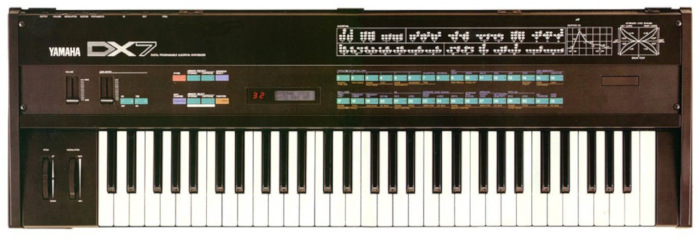 |  |  | 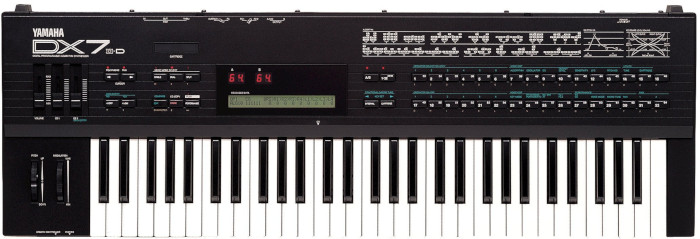 |  |  | |
| Release Price | $1,995 | $1,299 | $1,400 | $2,195 | $2,495 | $3,995 |
| Form Factor | 61-note keyboard | Module Synthesizer | 61-note keyboard | 61-note keyboard | 61-note keyboard | 76-note keyboard |
| Dimensions: W/D/H | 45.8 x 21.7 x 6.2 inches | 13.8 x 9.5 x 2 inches | 39.3 x 13.1 x 3.37 inches | 39.3 x 13.1 x 3.37 inches | 39.3 x 13.1 x 3.37 inches | |
| Weight | 32 pounds | 5 pounds | 23 pounds | 23 pounds | 25 pounds | 25 pounds |
| MIDI | Yes (Limited) | Yes | Yes (Limited) | Yes | Yes | Yes |
| Synthesis Architecture | FM (6 operator, 32 algorithm) | FM (6 operator, 32 algorithm) | FM (6 operator, 32 algorithm) | FM (6 operator, 32 algorithm) | FM (6 operator, 32 algorithm) | FM (6 operator, 32 algorithm) |
| Audio Output | Mono | Mono | Mono | Stereo | Stereo | Stereo |
| Polyphony | 16 | 16 | 16 | 32 | 32 | 32 |
| Timbrality | Monotimbral | Monotimbral | Monotimbral | Bi-timbral | Bi-timbral | Bi-timbral |
| Oscillators | 6 | 6 | 6 | 6 | 6 | 6 |
| Program Memory | 32 | 32 | 32 | 64 | 64 | 64 |
| Microtonality | No | Yes | Yes | Yes | Yes | Yes |
| Notes | Expandable with the Grey Matter E Card | Program editing exclusively via MIDI | Stripped down alternative to the DX7II | Larger LCD display | Takes floppy disks | Limited edition Yamaha DX7II |
| Get Price | Get Price | Get Price | Get Price | Get Price | Get Price |
DX7 Sound Examples
Demo of the Yamaha DX-7 IID Synth
Famous Musicians Who Use or Have Used the Yamaha DX7
Herbie Hancock, Aha, Dead or Alive, Bronski Beat, Underworld, Aphex Twin, Brian Eno, Pet Shop Boys, Legowelt, Vangelis, Michael Jackson, Europe, Berlin, Tina Turner, Juan Atkins, The Eurythmics, Gary Numan, Enya, Tears for Fears, Air, Ryuichi Sakamoto
Famous Songs Using the Yamaha DX7
Yamaha DX7 Soundbank and ROM Cartridges
The ROM cards have become ridiculously expensive on the second-hand market. As an alternative, you can simply use a SYSEX communication tool on your computer to transmit to and from the synth. Another alternative to the overpriced ROM cards is a new unique multibank cartridge by Hypersynth called the ‘Hcard-702.’ The Hcard will increase the memory size of your DX7 up to 100 banks, 6,400 voices, 3,200 performances, 200 tunings, and 100 setups.
DX7 Downloads & Resources
DX7 Manuals:
MIDI Sysex Files & Patches:
Original ROMs A / B / C / D (Download)
Brian Eno Patches – Kalimba 2, Tamboura, Glide, and Violin 3
FYI: For the classic ‘Lately Bass’ patch you need the 4-OP TX81Z rack. Try loading this ‘Solid Bass‘ patch instead. You’ll be moving dance floors around the world before you know it.
DX7 Battery & Upgrade Mods:
How to replace the battery on your Yamaha DX7 – you’ll need a CR2032 replacement battery, and I recommend using a CR2032 battery holder instead of soldering in directly. This will result in you not having to desolder/solder each time the battery dies. You can simply replace it moving forward.
Yamaha DX7 & FM Synthesis Books
How to Make a Noise: Frequency Modulation Synthesis Book by Simon Cann – Great place to start for those who want to dig deep into FM synthesis.
Fm Theory and Applications: By Musicians for Musicians by Dr John Chowning – Published by Yamaha and co-authored by the inventor of frequency modulation synthesis.
The Complete DX7 by Howard Massey
The Yamaha DX7IIFD: A new beginning by Lorenz Rychner
The Secrets of Analog and Digital Synthesis by Steve DiFuria
DX7 Software Editors and VST Instruments
Patch Editors
SYSEX Librarian – Mac OS SYSEX tool to transfer patches to and from your computer. I recommend reducing the ‘Transmit Speed’ in the preferences pane when transferring SYSEX files to the DX7.
Coffeeshopped DX Patch Editor – iOS patch editor for your DX series synth. Visualize, edit, and organize sounds for your Yamaha DX7, DX7II, TX7, TX802, or TX816 synthesizer.
Dystopian Disco Max for Live Volca FM Controller – Randomize your Volca FM & DX7 with the M4L Editor. Requires Max for Live & Ableton.
Synthmata – Free online patch editor for the Volca FM and DX7 synth.
Patches.fm – Another free online patch editor. The website bills itself as a one-stop shop for frequency modulation (FM) patches for synthesizers and sound chips.
FM Synthesizer VST Plugins
Dexed – Open-source DX7 VST closely modeled on the Yamaha DX7. Dexed also works as a handy MIDI cartridge librarian/manager for the DX7.
Native Instruments FM8 – Virtual FM synth engine with a powerful FM matrix, arpeggiator, and flexible envelopes. You can also load patches from your classic DX hardware synths.
Arturi DX7 VST – Arturi have updated the classic 80s synth with customizable envelopes, extra waveforms, and effects. Available as part of the V-Collection.
Modern-Day Hardware Synthesizer Alternatives to the DX7
Yamaha REFACE DX Portable FM Synthesizer
Yamaha’s response to the resurgence in popularity of FM synthesis. The Reface DX is a 4-operator FM synth (the original DX7 is 6-operator) that comes with USB audio out, a tactile keybed, and on-board effects. A nice refresh by Yamaha.
Korg Digital FM Synthesizer The VOLCA FM
Korg released the Volca FM in 2016 in homage to the iconic Yamaha DX7. Sporting a similar design to the original synth, the Volca FM is 1/30th the size. The device has 3-note polyphony (you can chain two Volcas to create a 6-note poly synth), 32 algorithms, and a very cool motion sequencer on-board. Tatsuya Takahashi was the mastermind behind this fun little DX7-inspired device and the man responsible for spear-heading the current affordable synth revolution.
Yamaha MODX8 88-Key Weighted Action Synthesizer
The MODX uses the same technology powering Yamaha’s flagship synthesizer, the MONTAGE. Cool twist: You get two sound engines (FM-X and the awm2) in the MODX, giving you the ability to create unique sounds independently or blend together to create deep new interesting sounds.
The Future of the DX7 & FM Synthesis
The DX7 and FM synthesis have seen a huge uptick in interest recently – thanks in part to the release of the Korg Volca FM, which introduced frequency modulation synthesis to a whole new generation. If you’re keen to incorporate FM synthesis into your sonic arsenal, the future looks bright, with Yamaha’s FM-X synth range, and the soon to be released KODAMO EssenceFM.
For me, the classic DX7IID is hard to beat with its professional weighted keys, classic form factor, and the ability to control and automate with modern-day software editors in your DAW. Just add a hardware controller for parameter-mapping and enter 21st century FM synthesis heaven.
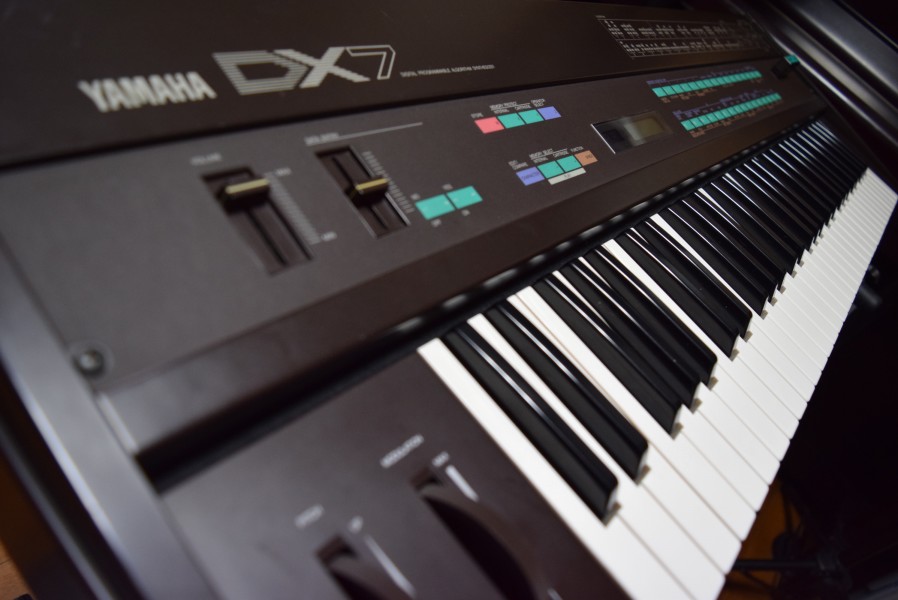
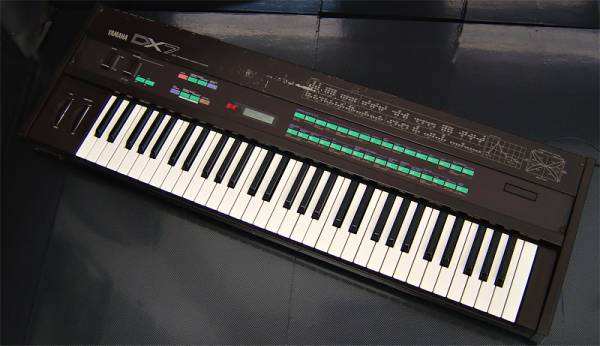
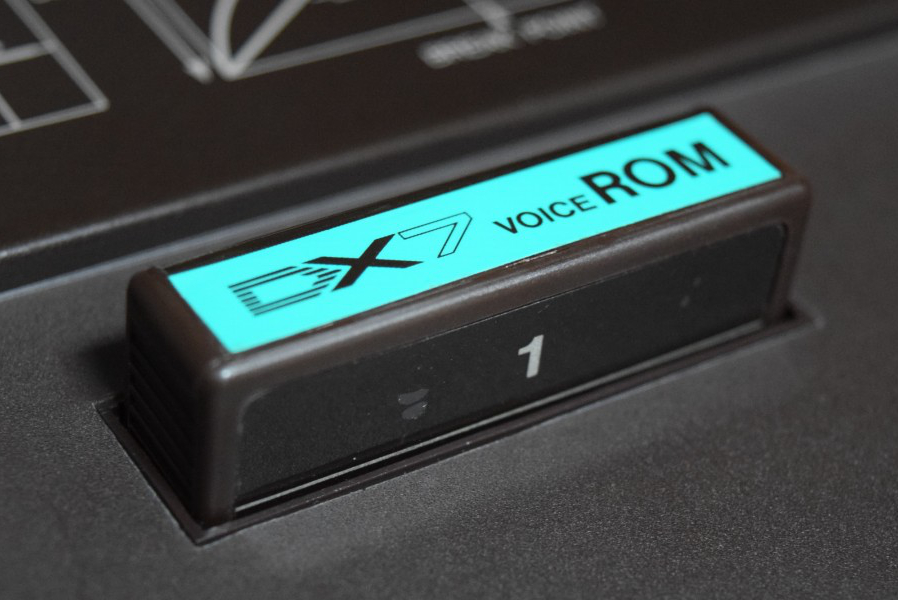
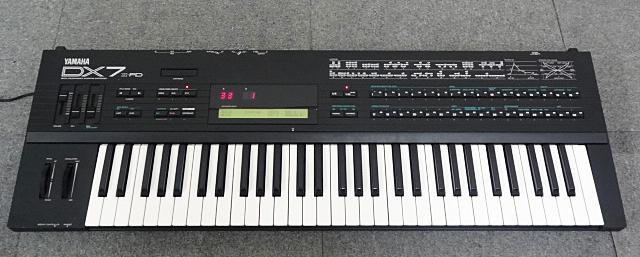

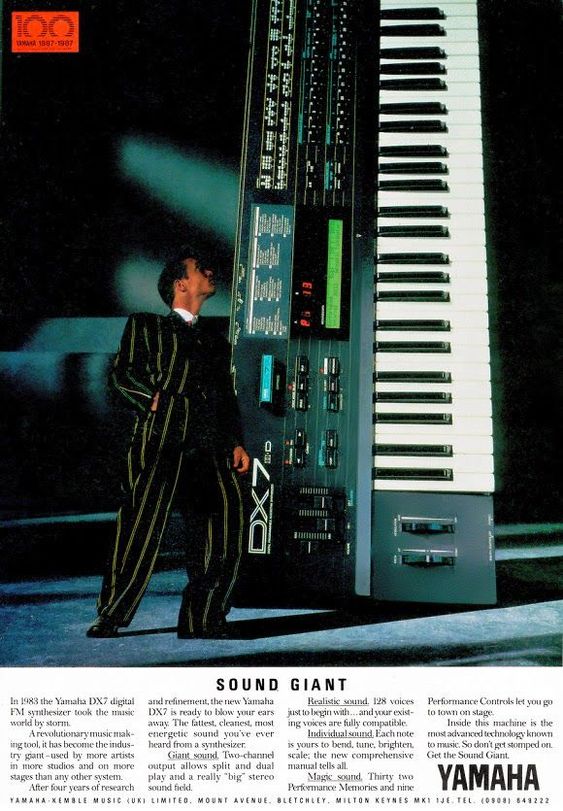
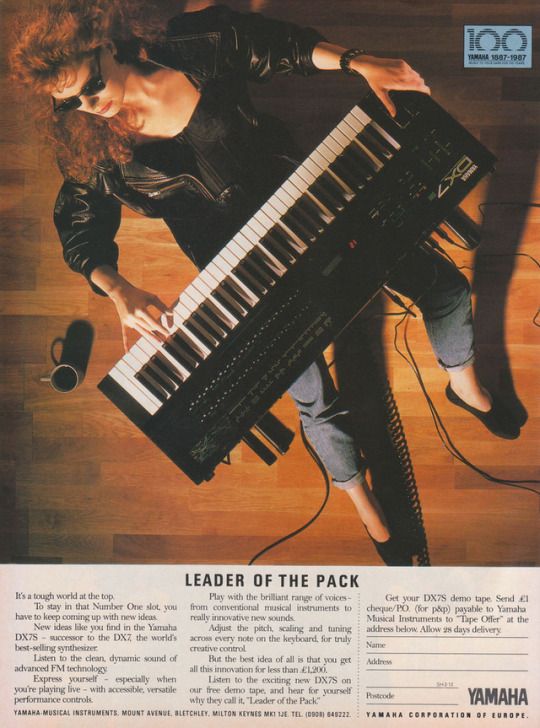
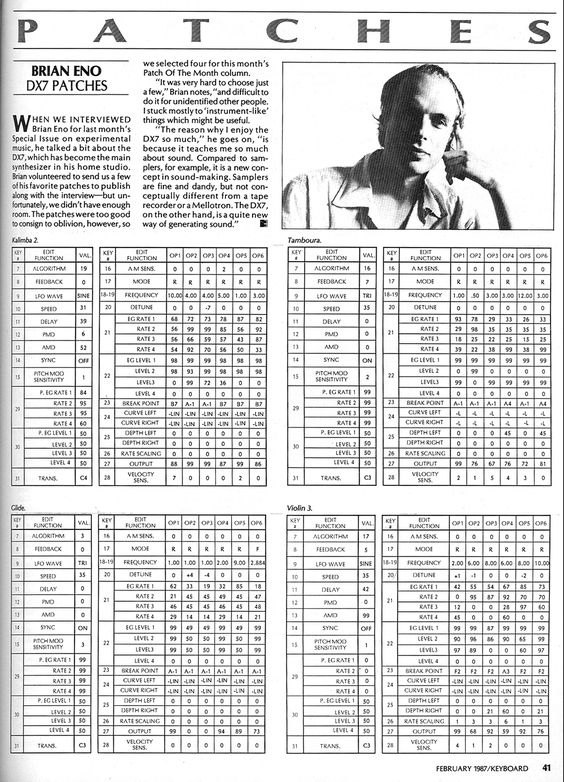
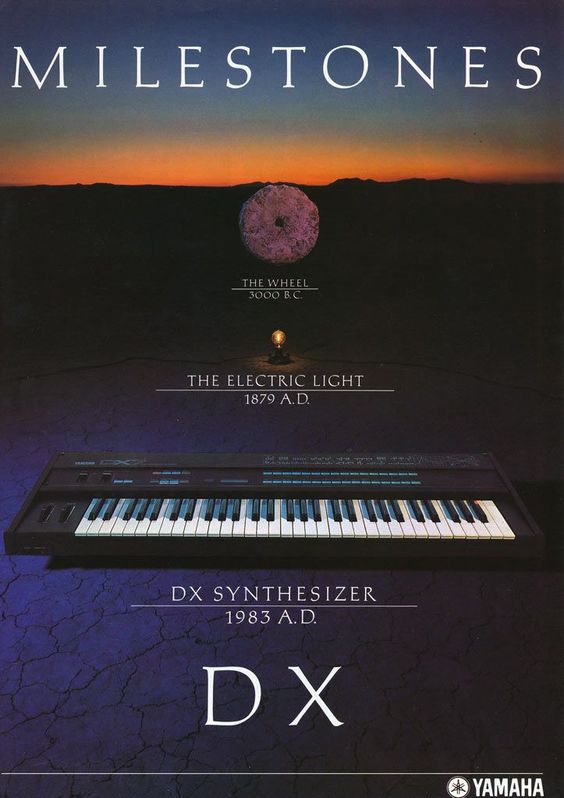
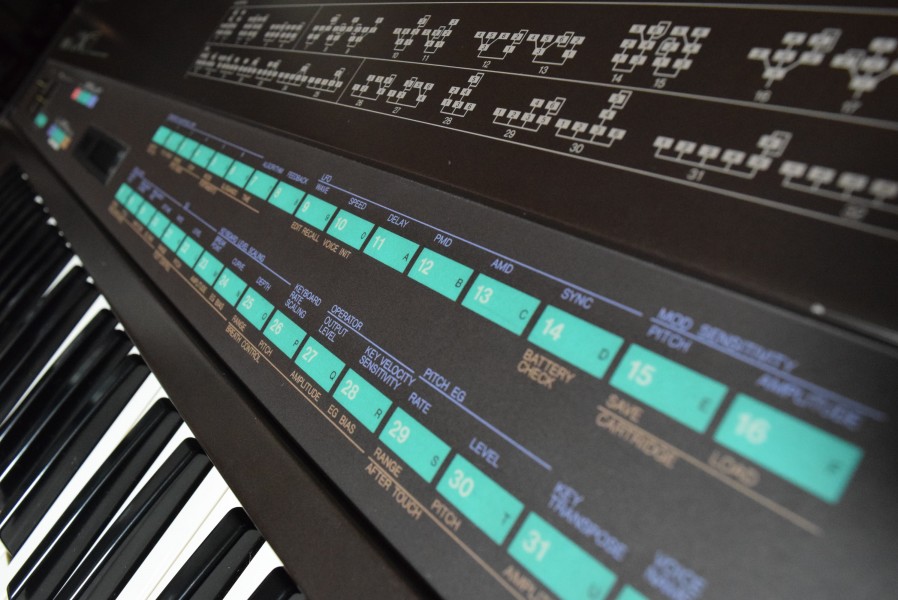

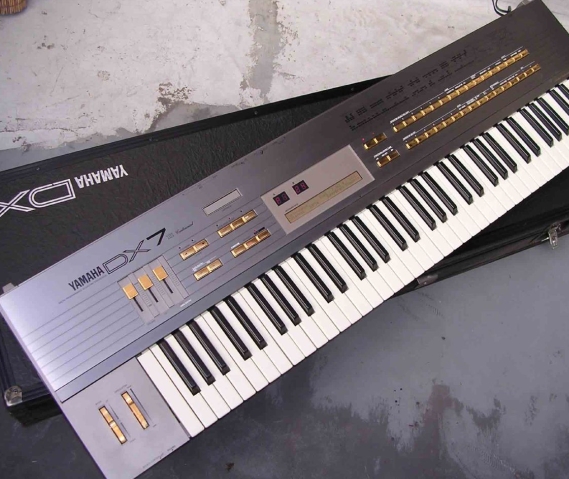

Reviews
There are no reviews yet.